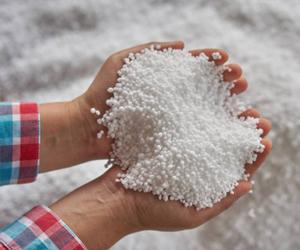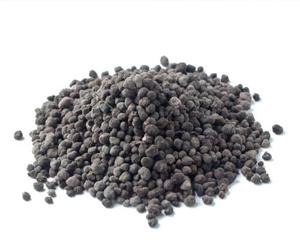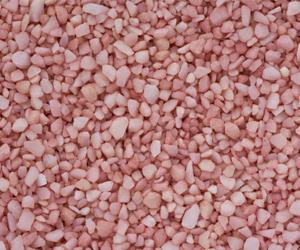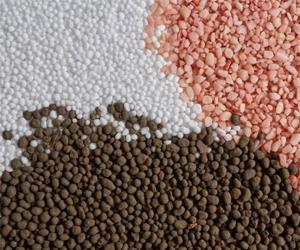There have been innumerable scientific and technological innovations that have paved the way for more efficient growth of crops in the 20th century. However, none of such innovations come close to the impact that synthetic nitrogen fertilizer has in the crop production industry, whereby estimates suggests that nitrogen fertilizers supports at least half of the global crop production.
Fertilizers aid in the growth of plants. The fertilizers are either added to the plants or disseminated directly into the soil to assist in crop development. Farmers use fertilizers because these substances contain nitrogen, phosphorus, and potassium, which are essential nutrients for plants. It acts as a supplement to elements that are already present in the soil naturally. When insufficient nutrients are being absorbed, the plants suffer from nutrient deficiencies which stunt their growth. Fertilizers have been used since the beginning of agricultural production. At AP Chemical, the main types of fertilizers involved in our operations are Muriate of Potash, Kieserite, Triple Super Phosphate, Rock Phosphate, Ammonium Chloride and Ammonium Sulphate.

All Nitrogen fertilizers begin with a source of hydrogen gas and atmospheric Nitrogen that are reacted to form ammonia. After Hydrogen and Nitrogen are combined under conditions of high temperature and pressure to form ammonia, many other important Nitrogen-containing fertilizers can then be made. This conversion of ammonia to nitrate takes place in agricultural soils through the microbial process of nitrification.

Phosphate is a macronutrient, taking the form of the element Phosphorus. Fertilizers containing phosphate help stimulate plant growth by providing aid in the development of strong roots. Phosphate is required for the production of DNA and ATP, the main energy carrier in cells, as well as certain lipids.

Potash, a form of potassium oxide, is vital to plants throughout their life cycle. As they are water-soluble and aided in the breakdown process by soil bacteria, potash is easily absorbed by plants and helps them flower and bear fruit. Potash also helps plants better utilize other nutrients and prevent nitrogen depletion.

Magnesium is one of the most important plant nutrients. Magnesium is literally of central importance, in that it is essential for the development of leaf green (chlorophyll). Without this, the plant could not carry out photosynthesis. Magnesium occurs naturally in garden soil. On light, sandy and acidic soils less than on medium-weight and heavy soils. On such light and acidic soils, magnesium is therefore often in short supply.

Compound fertilizers contain two or more nutrients and are also known as multi-nutrient fertilizers. A complex fertilizer refers to a compound fertilizer formed by combining ingredients to react chemically. Compound fertilizers can also be produced by blending two or more granular fertilizers of similar size. Such products retain the physical and chemical characteristics of individual compounds. They are made by mixing basic fertilizers derived from ammonia with salts containing phosphorus or potassium.